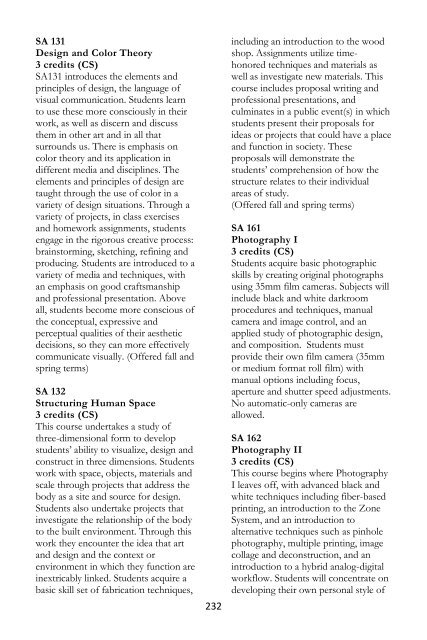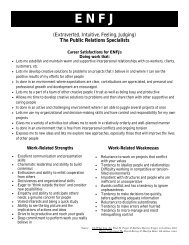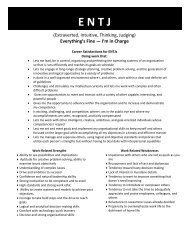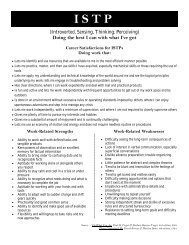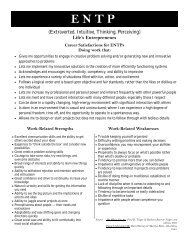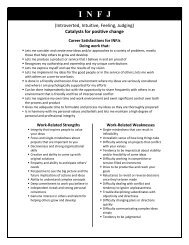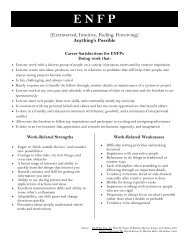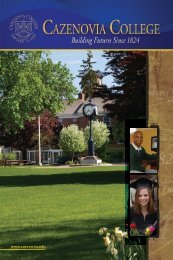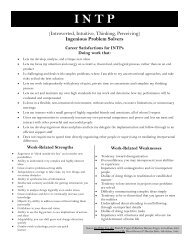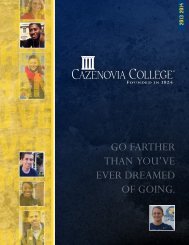Named one of “America’s Best Colleges” by U.S News & World Report
2011-12 Academic Catalog - Cazenovia College
2011-12 Academic Catalog - Cazenovia College
- No tags were found...
You also want an ePaper? Increase the reach of your titles
YUMPU automatically turns print PDFs into web optimized ePapers that Google loves.
SA 131<br />
Design and Color Theory<br />
3 credits (CS)<br />
SA131 introduces the elements and<br />
principles <strong>of</strong> design, the language <strong>of</strong><br />
visual communication. Students learn<br />
to use these more consciously in their<br />
work, as well as discern and discuss<br />
them in other art and in all that<br />
surrounds us. There is emphasis on<br />
color theory and its application in<br />
different media and disciplines. The<br />
elements and principles <strong>of</strong> design are<br />
taught through the use <strong>of</strong> color in a<br />
variety <strong>of</strong> design situations. Through a<br />
variety <strong>of</strong> projects, in class exercises<br />
and homework assignments, students<br />
engage in the rigorous creative process:<br />
brainstorming, sketching, refining and<br />
producing. Students are introduced to a<br />
variety <strong>of</strong> media and techniques, with<br />
an emphasis on good craftsmanship<br />
and pr<strong>of</strong>essional presentation. Above<br />
all, students become more conscious <strong>of</strong><br />
the conceptual, expressive and<br />
perceptual qualities <strong>of</strong> their aesthetic<br />
decisions, so they can more effectively<br />
communicate visually. (Offered fall and<br />
spring terms)<br />
SA 132<br />
Structuring Human Space<br />
3 credits (CS)<br />
This course undertakes a study <strong>of</strong><br />
three-dimensional form to develop<br />
students‘ ability to visualize, design and<br />
construct in three dimensions. Students<br />
work with space, objects, materials and<br />
scale through projects that address the<br />
body as a site and source for design.<br />
Students also undertake projects that<br />
investigate the relationship <strong>of</strong> the body<br />
to the built environment. Through this<br />
work they encounter the idea that art<br />
and design and the context or<br />
environment in which they function are<br />
inextricably linked. Students acquire a<br />
basic skill set <strong>of</strong> fabrication techniques,<br />
232<br />
including an introduction to the wood<br />
shop. Assignments utilize timehonored<br />
techniques and materials as<br />
well as investigate new materials. This<br />
course includes proposal writing and<br />
pr<strong>of</strong>essional presentations, and<br />
culminates in a public event(s) in which<br />
students present their proposals for<br />
ideas or projects that could have a place<br />
and function in society. These<br />
proposals will demonstrate the<br />
students‘ comprehension <strong>of</strong> how the<br />
structure relates to their individual<br />
areas <strong>of</strong> study.<br />
(Offered fall and spring terms)<br />
SA 161<br />
Photography I<br />
3 credits (CS)<br />
Students acquire basic photographic<br />
skills <strong>by</strong> creating original photographs<br />
using 35mm film cameras. Subjects will<br />
include black and white darkroom<br />
procedures and techniques, manual<br />
camera and image control, and an<br />
applied study <strong>of</strong> photographic design,<br />
and composition. Students must<br />
provide their own film camera (35mm<br />
or medium format roll film) with<br />
manual options including focus,<br />
aperture and shutter speed adjustments.<br />
No automatic-only cameras are<br />
allowed.<br />
SA 162<br />
Photography II<br />
3 credits (CS)<br />
This course begins where Photography<br />
I leaves <strong>of</strong>f, with advanced black and<br />
white techniques including fiber-based<br />
printing, an introduction to the Z<strong>one</strong><br />
System, and an introduction to<br />
alternative techniques such as pinhole<br />
photography, multiple printing, image<br />
collage and deconstruction, and an<br />
introduction to a hybrid analog-digital<br />
workflow. Students will concentrate on<br />
developing their own personal style <strong>of</strong>


